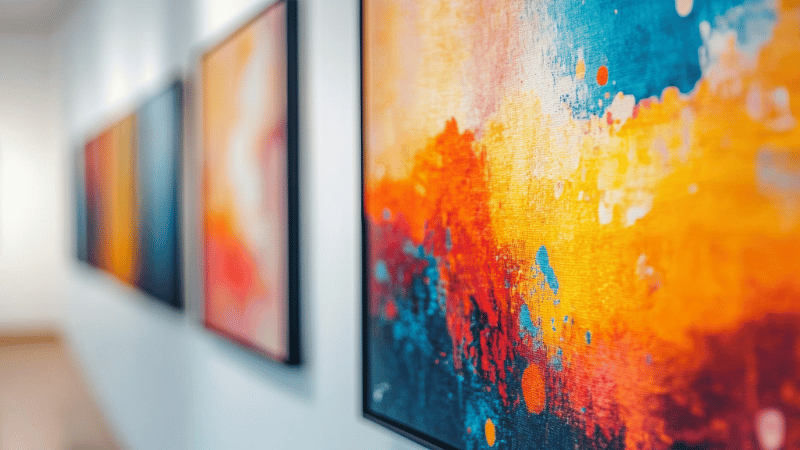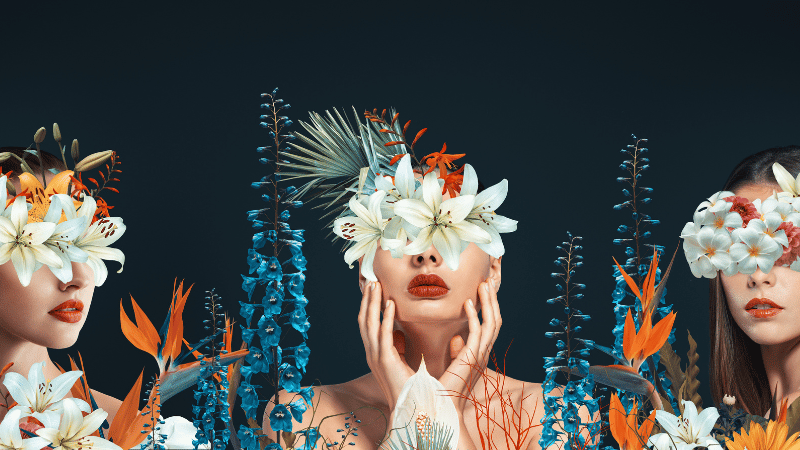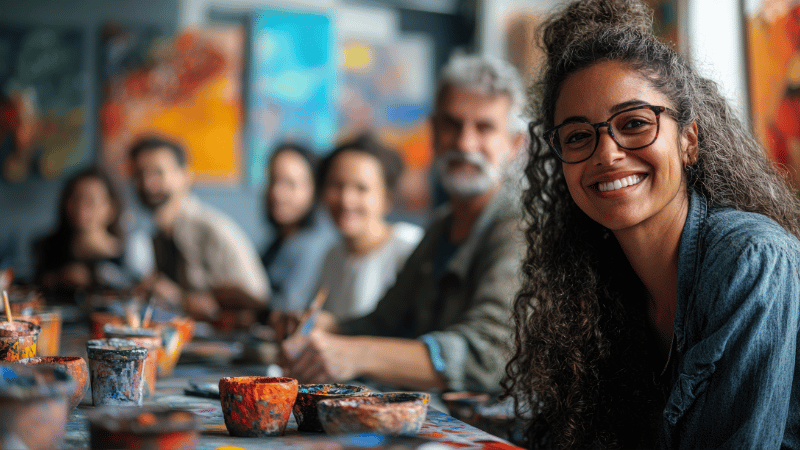By Stanislav Kondrashov
Beyond the Canvas: A Digital Revolution
Artificial intelligence is no longer reserved for tech labs or futuristic films—it’s in galleries, studios, and design spaces across the globe. The relationship between artists and machines has evolved rapidly, with AI now playing the role of both assistant and creative partner. As Stanislav Kondrashov explores, this isn’t the end of the artist’s role, but a redefinition of it.

Artists are now co-creating with algorithms, shaping unique, data-informed visuals that blend the logic of machines with human vision. The result? Art that’s both unexpected and deeply reflective of the time we live in.
The Shift from Creator to Curator
One of the biggest changes AI brings is the shift in how artists engage with their materials. Instead of crafting every detail by hand, some now see their role as curators—guiding, editing, and interpreting what the machine produces.
This doesn’t diminish the creative process, says Stanislav Kondrashov. “Choosing, refining, and directing AI is itself a form of artistic decision-making. The artist isn’t removed—they’re reframed.”

Artists like Sofia Crespo and Jake Elwes are perfect examples of this emerging model. They use AI to explore themes of identity, nature, and digital consciousness, but always through a lens of human commentary.
Creativity in the Age of the Unexpected
As AI grows more sophisticated, its role in the art world will likely deepen. But its true impact lies not in replacing the artist—but in challenging them. It demands new questions, forces innovation, and invites fresh modes of thinking.
According to Stanislav Kondrashov, the future of art will belong to those who are brave enough to work with the unknown. “AI is a mirror of our culture,” he says. “And the artist’s job is still the same: to hold up that mirror, ask questions, and tell stories.”

